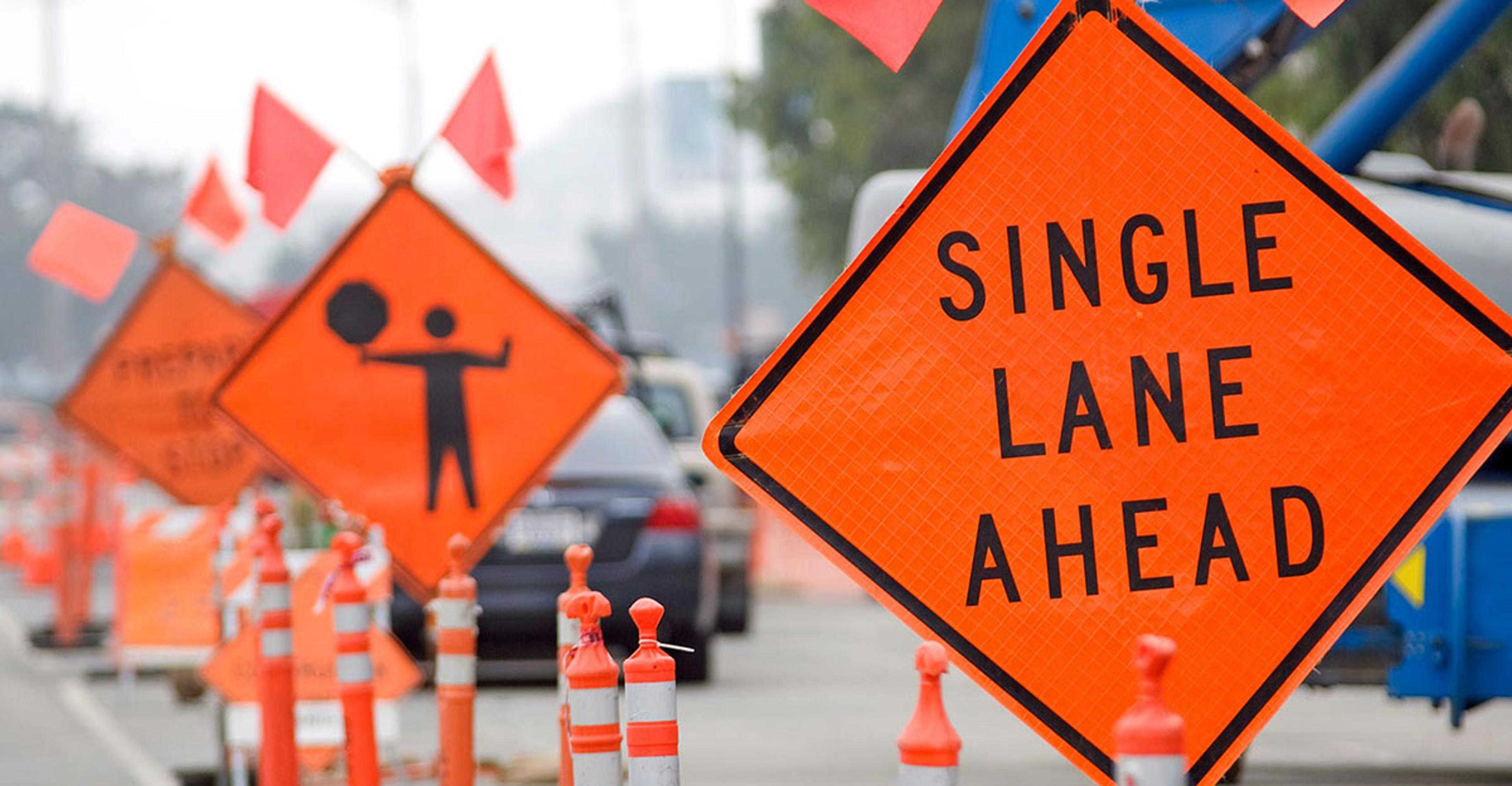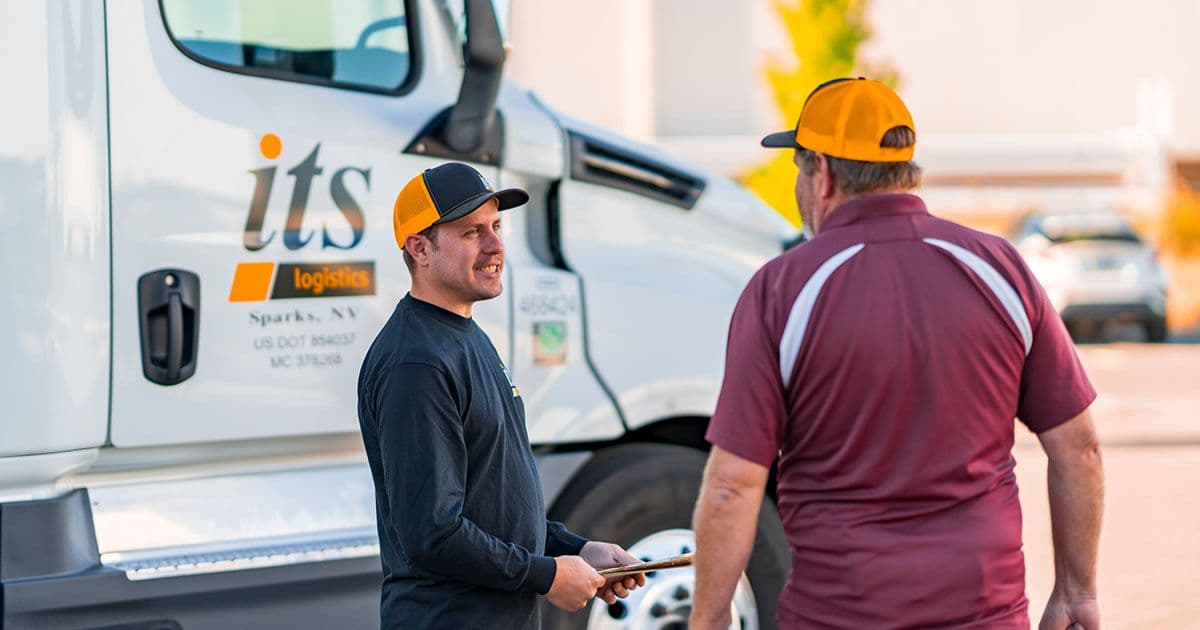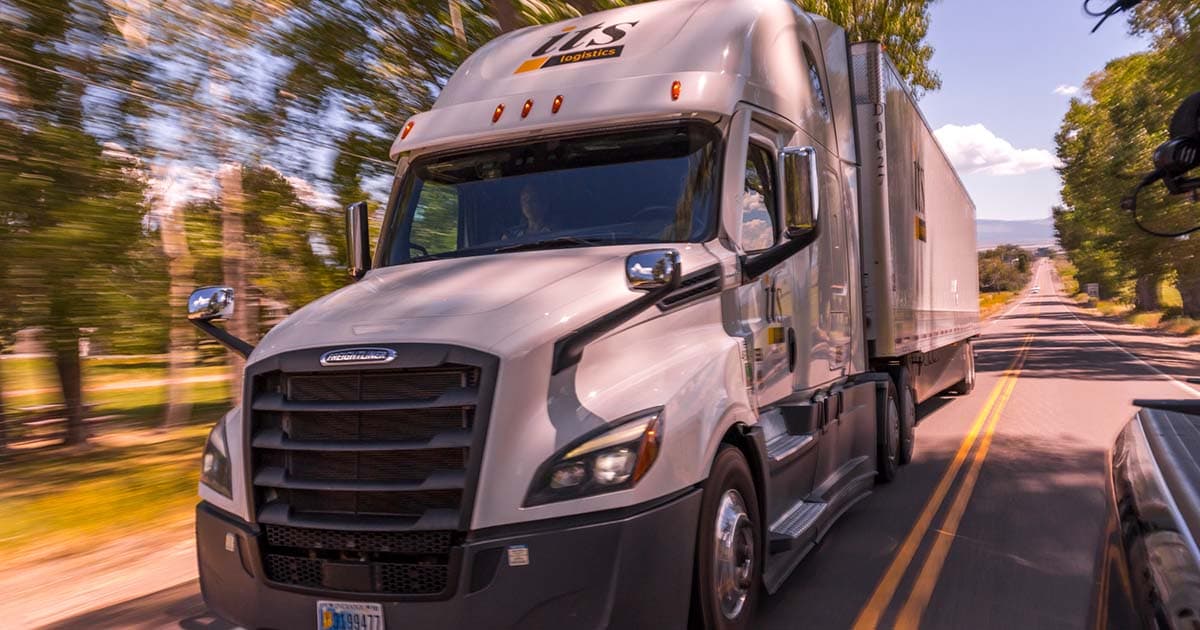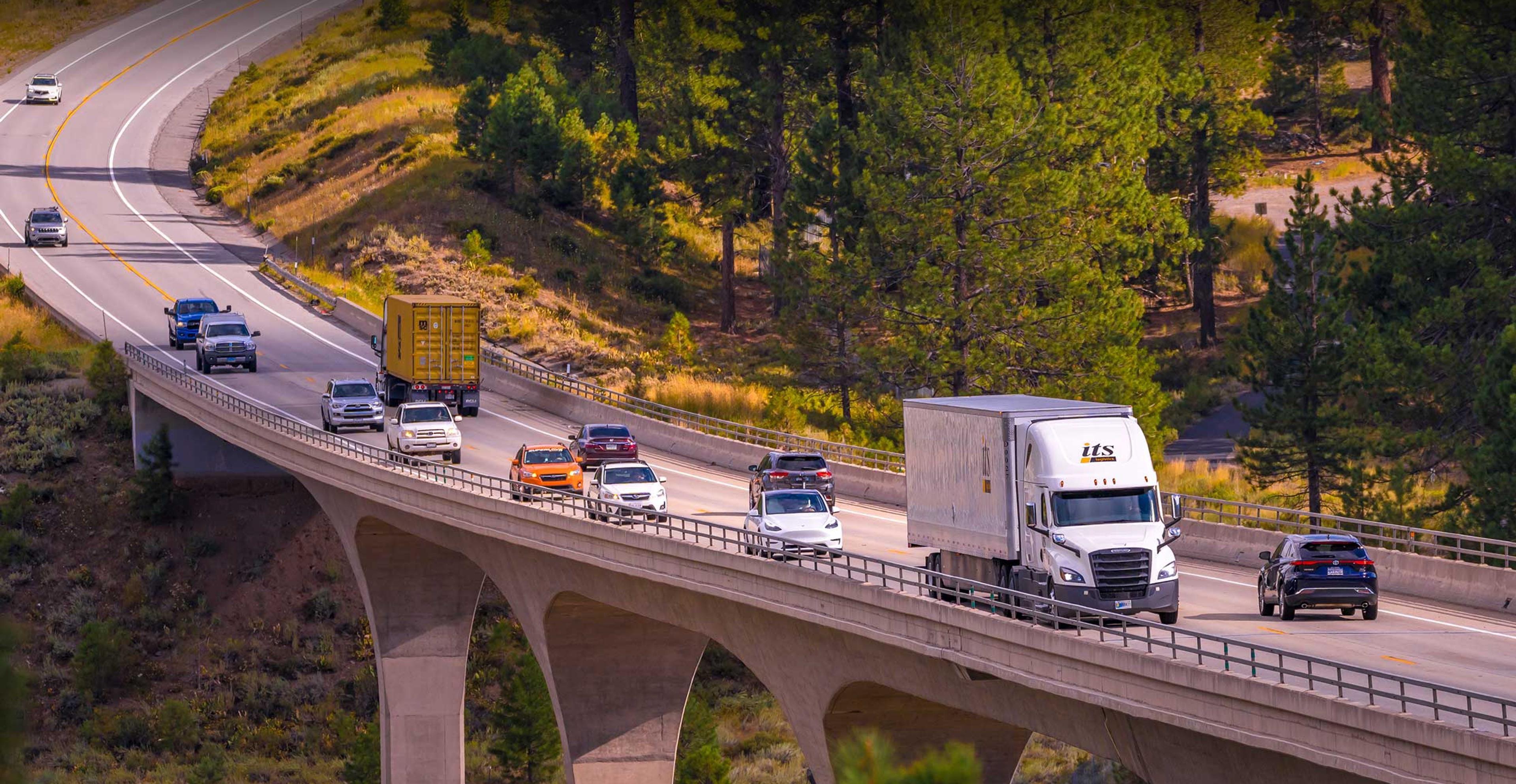
There’s an interesting fact that appears in most driver’s ed study guides: Analysts estimate that drivers are required to make 50-60 decisions per mile. Driving is not a simple task, especially for commercial drivers with the goal of making an on-time delivery. Add construction zones into the mix, which seem to pop up around every corner, and driving becomes even more complex.
Construction zones change traffic patterns, narrow rights of way, and create a combination of other factors that can increase the likelihood of crashes. In 2021, there were an estimated 106,000 total work zone crashes, 956 of which were fatal. Commercial vehicles were involved in 323 of those fatal crashes.
According to data from workzonesafety.org, commercial vehicles are overrepresented in fatal work zone crashes, with the worst of it being on rural interstates. The organization estimated that commercial vehicles were involved in 50% of fatal work zone crashes that occurred on rural interstates between 2019 and 2021.
Although driving through construction zones can be stressful, frustrating, or dull, commercial drivers—and every driver—have a responsibility to prioritize safety and the safe operation of equipment.
Here are 10 safety tips from the ITS Logistics Fleet Safety and Compliance team that commercial and non-commercial drivers can put into practice when driving through construction zones.

One of the most important things to have in a construction zone is patience. Getting worked up doesn’t speed anything up, so just take a deep breath, pay attention, and stay safe.
1. Slow down and pay attention to signs
Eye lead time is critical as a commercial driver. Knowing what the future holds allows drivers to make adjustments earlier rather than later. Drivers should stay on heightened alert as they approach cone zones, slow down, and comply with the signs. If a sign indicates a lane change, drivers should follow that lane change as soon as they are able instead of waiting until the last minute and causing a traffic jam.
2. Obey the speed limit
Traveling too fast puts construction workers at risk and reduces the time it takes to react to any given situation. In 2021, 29% of fatal crashes involved speeding; meanwhile, it’s estimated that speeding only saves the average driver 26 seconds per day. Is that 26 seconds worth it? Definitely not, and especially not if the vehicle is a fully loaded, 80,000-pound tractor trailer.
Fortunately, many transportation companies use speed limiters in their tractors and monitor speed stats electronically in real-time. At ITS Logistics, tractors are limited to 67mph. However, it’s still up to commercial drivers to adjust their speed to meet work zones and road conditions.
When going through construction zones, drivers should stay constantly aware of reduced speed limits, carefully navigate narrow and shifting driving lanes, and leave ample following distance between them and other vehicles.
3. Comply with directions given by flaggers
Flaggers keep motorists and road workers safe during temporary roadwork, and drivers should provide flaggers the courtesy and respect they deserve. Remember, a flagger has the same authority as a regulatory sign, which means disobeying their instructions could result in a citation.
4. Don’t follow too closely
According to data from workzonesafety.org, fatalities from rear-end collisions were 15.9% higher in work zones than in non-work zones between the years of 2019 and 2021. Rear-end collisions are the most common work zone crash, and it’s almost always because the driver didn’t provide adequate following distance. Leave the appropriate amount of braking distance between you and the vehicle in front of you to allow the appropriate time to stop if needed.

5. Expect delays and, if possible, plan ahead
Although trip planning takes more time initially, in the long run it can lead to a safer and more efficient trip. For commercial drivers, road construction delays can be frustrating and can potentially pose a risk for on-time delivery. It is important for drivers to talk to their dispatch team, identify alternate routes, and plan ahead before heading out. Even with the best planning in the world, unexpected work zones still pop up. Be patient and don’t rush; lives may depend on it.
6. Watch out for workers and other potential hazards
Drivers should maintain their circle of awareness by checking mirrors often. . They should always be aware of construction workers and give them space. Taking this precaution ensures workers aren’t being put in needless danger and makes the road safer for everyone.

7. Focus on the road and pay attention to surroundings
It’s human nature to wonder what’s happening in the construction zone and get distracted by looking, but remember, distractions can be deadly. Drivers need to stay focused on what’s going on around them, as conditions can change quickly.
8. Beware of debris
There’s a lot going on in construction zones, and inevitably, wood, metal or concrete debris might enter the road. Being overly cautious and aware of debris will help drivers avoid accidents and equipment damage.
9. Limit distractions
Distractions while driving are deadly. As drivers enter a construction zone, they should try and limit distractions such as conversations, phone calls, snacks, or music so they can focus on the extra activity and continue to keep their circle of awareness.
10. Turn on emergency flashers
Turning on emergency flashers alerts other vehicles to be more careful and prepare for sudden stops.
To learn more about ITS Logistics, contact us at 855-562-3487.



